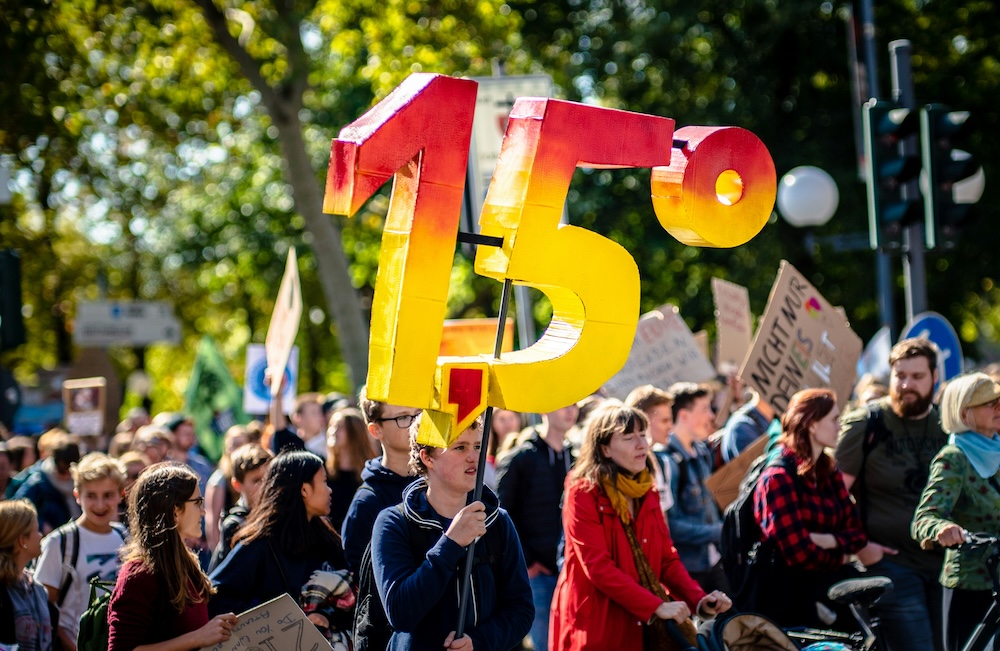Key Takeaways
- Paris climate pledges could reduce extreme heat days from 114 to 57 annually by the century’s end.
- Big Tech faces scrutiny as carbon accounting practices are challenged, potentially reshaping corporate emissions strategies.
- California Governor Newsom vetoes a bill to limit local air quality regulations at major ports, reinforcing his environmental agenda.
Impact of Paris Climate Agreements
New research indicates that commitments made under the 2015 Paris Agreement could significantly reduce the number of extreme heat days globally. By adhering to emissions pledges, projections for annual extreme heat days have decreased from 114 to 57 by the end of the century. Climate Central and World Weather Attribution state that this shift—resulting in a warming forecast of 2.6°C rather than 4°C—holds critical implications for climate-related disasters like droughts and wildfires. Despite these positive trends, ongoing political divisions pose risks to achieving long-term climate goals, with renewed discussions expected at COP30 in Brazil next month.
Scrutiny Over Tech’s Carbon Accounting
Major tech companies like Google, Amazon, and Microsoft are under examination as the Greenhouse Gas Protocol revises its rules regarding Scope 2 emissions. The proposed changes could restrict the use of renewable energy certificates (RECs), which critics argue can mislead consumers into believing in misleading “carbon-free” claims. A coalition of climate scientists and Republican lawyers is advocating for stricter accountability measures, which would mandate hourly energy usage reporting, potentially closing a significant loophole in global emissions reporting.
Nvidia’s Investment in Renewable Energy
Nvidia, in collaboration with Australian startup Firmus Technologies, is investing approximately $2.9 billion in renewable-powered data centers across Australia. The initiative, termed Project Southgate, aims to generate 150 megawatts of power from the first two facilities in Melbourne and Tasmania, with operations expected to commence by April 2026. The project could expand to 1.6 gigawatts of capacity by 2028, supported by new solar, wind, and hydro power sources. This initiative reflects the rising demand for artificial intelligence as a driving force behind renewable energy development in Australia.
California Governor’s Environmental Veto
Governor Gavin Newsom of California has vetoed a bill that would have limited the authority of local air quality regulators over pollution at the nation’s largest ports in Los Angeles and Long Beach. This veto was motivated by a desire to maintain rigorous environmental oversight in one of the country’s most polluted areas. While some businesses argue that stringent regulations increase operational costs, Newsom’s decision aligns with his broader environmental strategy addressing PFAS and air quality issues throughout California.
The content above is a summary. For more details, see the source article.















